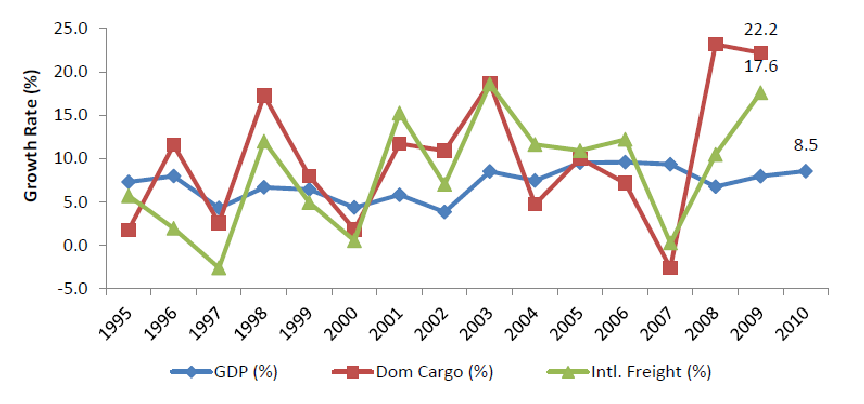
- •Практикум по английскому языку для аудиторной работы студентов первого курса всех факультетов
- •Содержание / contents
- •Foreword предисловие
- •Part I. The ingredients of happiness Unit 1. Personality and appearance
- •Unit 2. Family matters
- •45-Year Old Sidney Fisk near His House and the Car
- •Brothers and sisters
- •Unit 3. Career development
- •In pairs, discuss the following questions. Listen to Silvia and her friend Sophie, discussing cVs and check your answers.
- •Curriculum Vitae
- •Interests
- •Part II. Education Unit 1. Your first day at higher school
- •In the passages find information according to the headings given in the first column of the table below. Fill in the table with your findings:
- •Tuition
- •Financial aid
- •Unit 3. Siberian transport university
- •Siberian Transport University
- •Part III. Successful presentation Unit 1.Abstracts for communication
- •Editing checklist
- •Unit 2. Visual aids
- •Uk consumption of plastics by type
- •Trends in gdp & Air Cargo growth rates
- •Evaluation form (visuals)
- •Unit 3. Presenting a project
- •Handling questions
- •Evaluating checklist (Presentation)
- •Appendix 1
- •Appendix 2
- •Appendix 3
- •Appendix 7 Clichés for Using visual aids
- •Appendix 8 Clichés for presenting a project
- •Appendix 9 Clichés for handling questions
- •Список использованной литературы
Uk consumption of plastics by type
-
1)
1
%
footwear
2)
______
%
____________________________________
3)
______
%
____________________________________
4)
______
%
____________________________________
5)
______
%
____________________________________
6)
______
%
____________________________________
7)
______
%
____________________________________
8)
______
%
____________________________________
9)
______
%
____________________________________
10)
______
%
____________________________________
11)
______
%
____________________________________
b)
![]() Listen
again. Which clichés does the speaker use to explain the pie-chart?
Listen
again. Which clichés does the speaker use to explain the pie-chart?
a) Read the interview and answer the questions:
What numbers are mentioned by the speaker?
What visual aid does the speaker use to illustrate his findings?
What clichés does he use while speaking?
|
Interviewer: |
Many scientists advise us to get out of our cars if we want to help reduce global warming. Could you explain us the situation in the U.S.?
|
|
Reporter: |
Take a look at this table. Here you can see the rising environmental cost of driving alone in the U.S. The first line shows that transportation accounts for more than 30 percent of U.S. carbon dioxide emissions. The next two lines give us figures according to the American Public Transportation Association. As you can see, public transportation saves approximately 1.4 billion gallons of gasoline and about 1.5 million tons of carbon dioxide annually. And the last line explains that 88 percent of all trips in the United States are made by car – and many of those cars carry only one person! I'd like you to focus your attention to the fact that only 14 million Americans use public transportation daily. I think the conclusion to be drawn from this table is clear to us.
|
|
Interviewer: |
And how can public transportation help us to reduce greenhouse gas emissions? |
|
Reporter: |
Please look at this chart. It represents some benefits of public transportation. I’d like to point out some interesting details. If one in ten Americans used public transportation daily, U.S. reliance on foreign oil would decrease 40 %. Riding a train is 79 times safer than riding in an automobile. People who use public transportation regularly tend to be 50 % healthier than people who don’t. And finally, families that use public transportation can reduce their household expenses by $6,200 annually. |
|
Interviewer: |
That’s interesting. But which mode of transport is most efficient? |
|
Reporter: |
Take a look at this slide. This picture gives us some information about public transportation system in the U.S. Train systems are the most efficient in many ways, typically emitting less carbon and using less fuel per passenger than buses, but they are often more expensive to implement. Also, the traditional advantages of trains can be mitigated to a large extent by using hybrids or buses that run on natural gas. Another promising alternative is bus rapid transit, which runs extra-long buses in dedicated lanes. I'm sure the results of my presentation are obvious. If you live in an area with good public transportation, do something good for the planet today. Park your car, and take the subway or the bus. |
b) Work in pairs. Read the interview again and draw visuals illustrating the interviewer’s findings. Compare the results of your work with the rest of your group.
c) Study the graph. Read the description and fill in the gaps:

